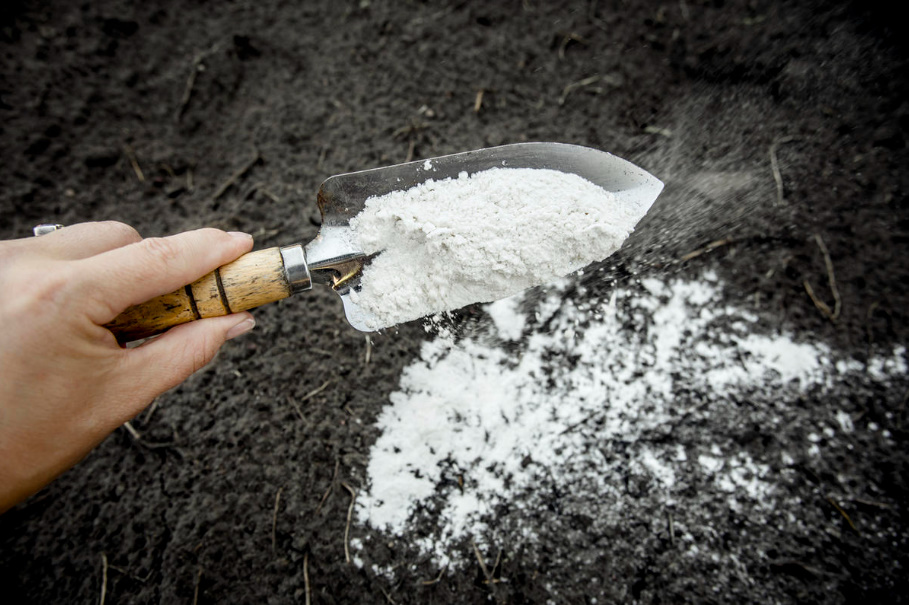
- What is Dolomite flour;
- 4 Common Questions about Dolomite Flour;
- 1. Is it possible to mix manure and dolomite flour?;
- 2. Is it possible to apply mineral fertilizers simultaneously with dolomite?;
- 3. Is it possible to add dolomite flour directly into the pit?;
- 4. Do I need to add dolomite flour to the compost?;
- The benefits of applying dolomite flour;
Beetroot does not grow, cabbage does not knit heads, and zucchini do not wait at all? But moss climbs into the garden, Rumex confertus “pleases” with powerful rosettes of leaves and an excellent “harvest” of horsetail has grown? So, you should learn about dolomite flour — how to use it correctly in the garden and vegetable garden.
The active growth of these indicator plants means that the soil on your site has increased acidity, and it’s time to think about its deoxidation.
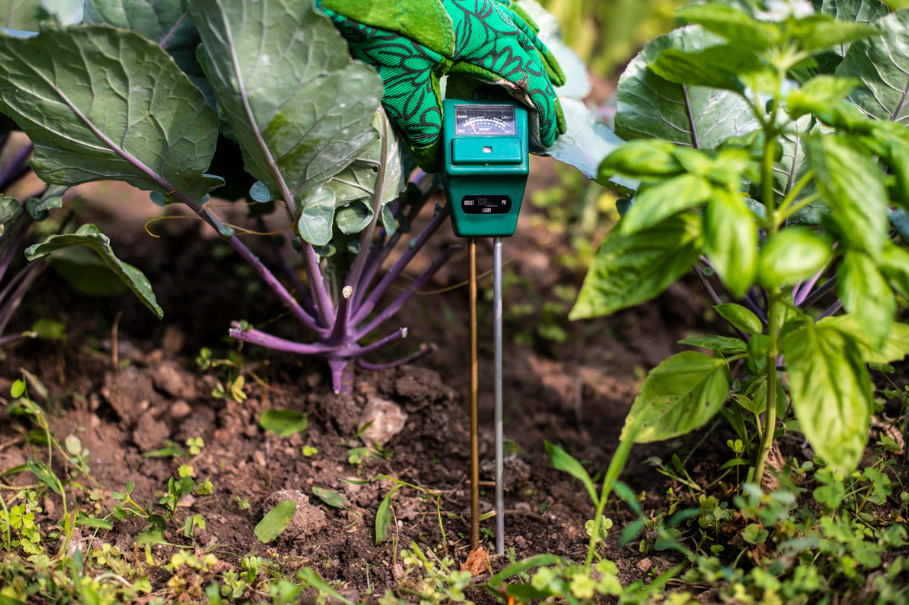
Let’s now take a closer look at one of the materials used to lower the acidity of the soil — dolomite flour.
What is Dolomite flour
This is a natural lime fertilizer obtained by grinding dolomite — a mineral from the class of carbonates having sedimentary origin. The production of dolomite flour for agricultural needs is a side activity in the extraction of lime and dolomite crushed stone. This fertilizer is natural, so it can have different colors — white, beige, gray, pink.

On sale you can find dolomite flour, on the packaging of which it is written: “Dolomite flour (limestone)” — or, conversely, “Limestone flour (dolomite)”. However, there are also just “Limestone” and “Dolomite”. Is there a difference — and what is it?
From the point of view of geology, limestone and dolomite are, in general, related rocks: both are of sedimentary origin and consist of calcium carbonate (caco₃). But in dolomite, in addition to calcium carbonate, there is also magnesium carbonate (mgco₃). The amount of magnesium in the composition of dolomite can reach 50%. Geologists distinguish, in addition to extreme manifestations (limestone and dolomite), dolomitized limestone and limestone dolomite.

During liming, the acidity of the soil decreases: hydrogen and aluminum ions are replaced by calcium ions. Therefore, limestone rocks are preferable for deoxidation, but dolomitized ones, in addition to calcium, also contain magnesium, which is necessary for plants. Dolomite flour and its varieties, including this element, are recommended to be used on soils of light granulometric composition (sandy), on which in most cases there is a lack of this element.
Dolomites are harder rocks than limestone and chalk. Flour from them dissolves longer in the soil, so the action, unlike, for example, chalk, will be smoother and longer-lasting.
4 Common Questions about Dolomite Flour
Having determined the acidity of the soil and the material for deoxidation, we will consider the main issues that summer residents have in connection with the use of dolomite flour.
1. Is it possible to mix manure and dolomite flour?
As you know, a summer resident has a lot of things to do, but little time. Therefore, many strive to solve two or even more tasks at once — and to make a top dressing, and at the same time to poison the beetle. But even comrades who are not very knowledgeable in chemistry understand that it is possible to do such a thing that it will not seem enough. Therefore, inexperienced gardeners have a question whether it is possible to mix manure and dolomite flour.
To begin with, it is worth reassuring those who are worried whether plants will survive if liming and organic fertilizers are applied at the same time during planting — they will live. No terrible chemical reaction, completely burning the roots, does not occur with such a joint use. On the contrary, textbooks for future agronomists say that high liming efficiency is achieved only when lime materials are applied in combination with the use of organic and mineral fertilizers.
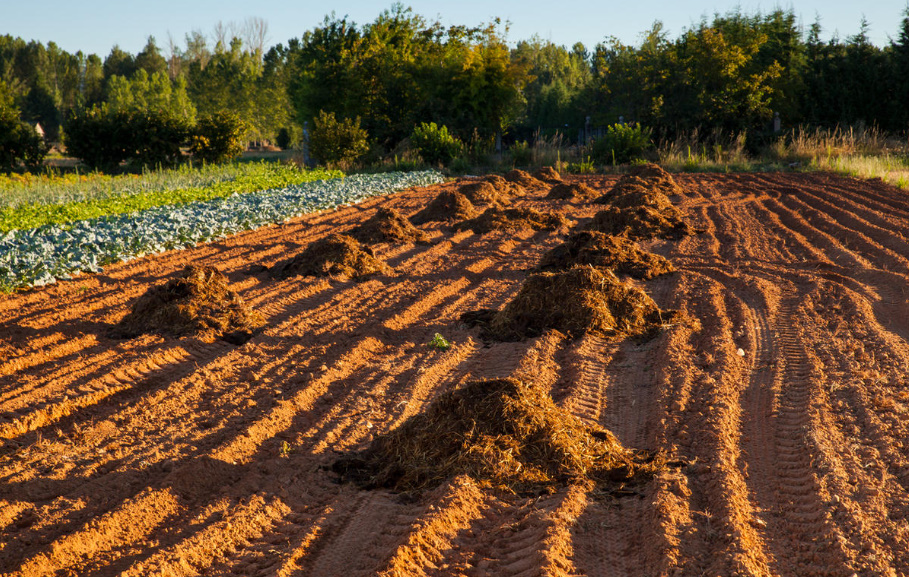
But the same textbooks advise to spread the introduction of organic matter and lime materials by time. Why? Indeed, a chemical reaction occurs in the soil with simultaneous application, as a result of which a certain amount of nutrients from the applied fertilizers is consumed. Therefore, it is possible to scatter manure and immediately pour limestone materials, but at the same time the fertilizing value of organic matter decreases. Since both soil deoxidation and manure application are not carried out every year, it is better to plan these activities so that they do not overlap.
If there is a need to do both, first scatter the necessary dose of limestone fertilizers on the soil, and then decompose the manure. And dig it up. And just when using dolomite flour (unlike, for example, lime), the decomposition reaction of organic matter with the formation of ammonia is less aggressive.
2. Is it possible to apply mineral fertilizers simultaneously with dolomite?
For the same reason — because of the loss of nitrogen – it is not necessary to mix dolomite flour with ammonium nitrate, ammonium sulfate and urea (urea). And when used in conjunction with potash fertilizers, it is worth increasing their dosage, because the assimilation of potassium by plants will be blocked by calcium.
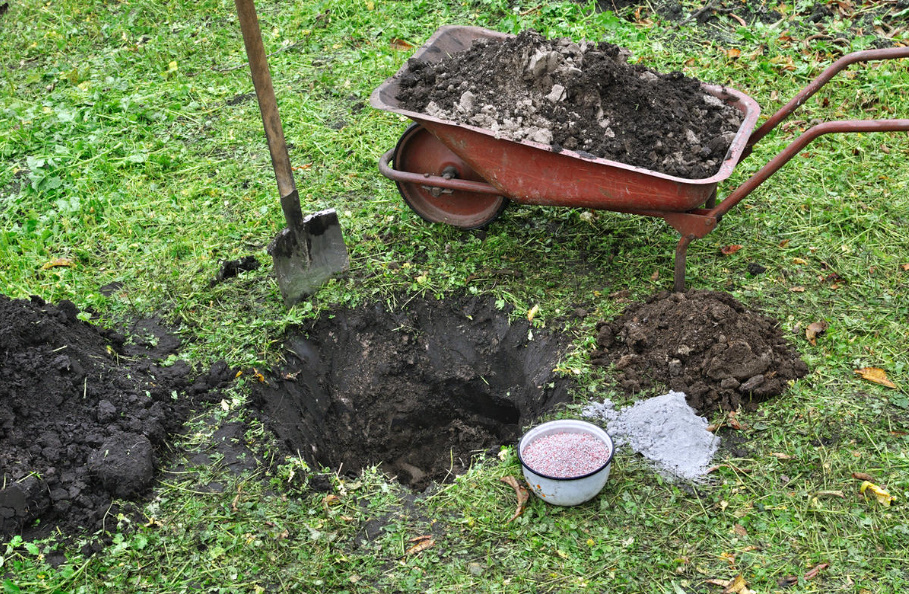
On the Web, you can find information that superphosphate cannot be used together with carbonate fertilizers. I can’t say anything about this, except that the absorption of phosphorus by plants is enhanced by a neutral reaction of the soil, that is, after deoxidation. Lime materials, in addition to large-scale measures to reduce the acidity of land, are also used to neutralize the acidity of mineral fertilizers, including superphosphates. Probably, the story about the incompatibility of phosphate fertilizers with dolomite flour is from the category of Internet fakes.
3. Is it possible to add dolomite flour directly into the pit?
You can, but you need to take into account some features. From lime materials, the more sense the finer fraction is used and the more thoroughly you mix the fertilizer with the soil. To start the reaction, it is necessary that lime fertilizers, which dissolve very poorly, have the largest possible area of contact with the acid of the soil solution. Therefore, if you just put dolomite flour in the hole, it may remain there forever.
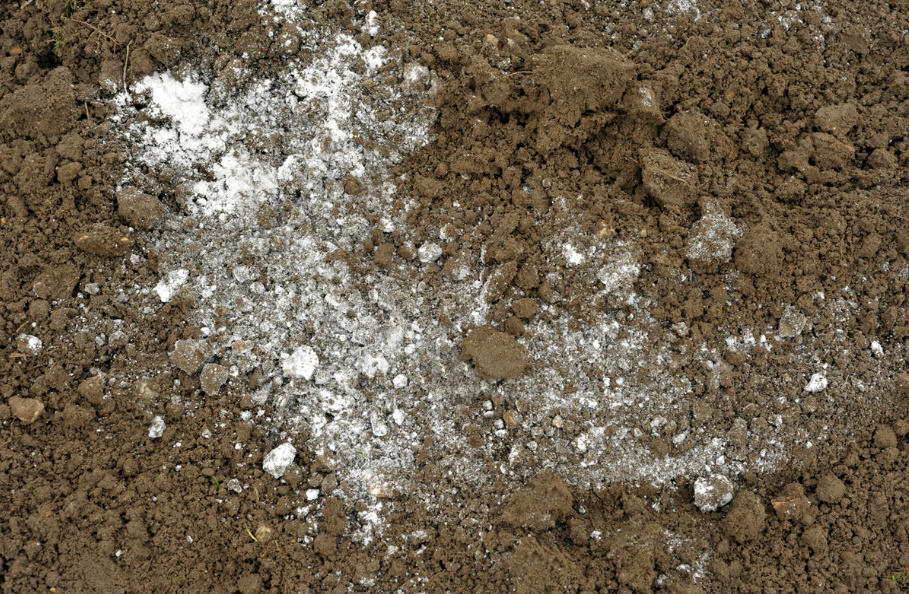
4. Do I need to add dolomite flour to the compost?
No, it’s not worth it. The finished compost has a reaction close to neutral (pH 6.5-7), so there is no need for materials that reduce acidity, and there will be additional nitrogen losses.
The benefits of applying dolomite flour
What benefits will you get for your garden and vegetable garden if you regularly (every 5-7 years) bury stones ground to the state of flour in the soil?
- Create a favorable environment for garden and garden plants: most human-grown crops prefer a neutral, slightly acidic or slightly alkaline soil reaction.
- Improve the soil structure — this is important for heavy, clay soils: calcium makes the soil more air- and moisture-permeable, reduces the formation of crust after watering or rains.
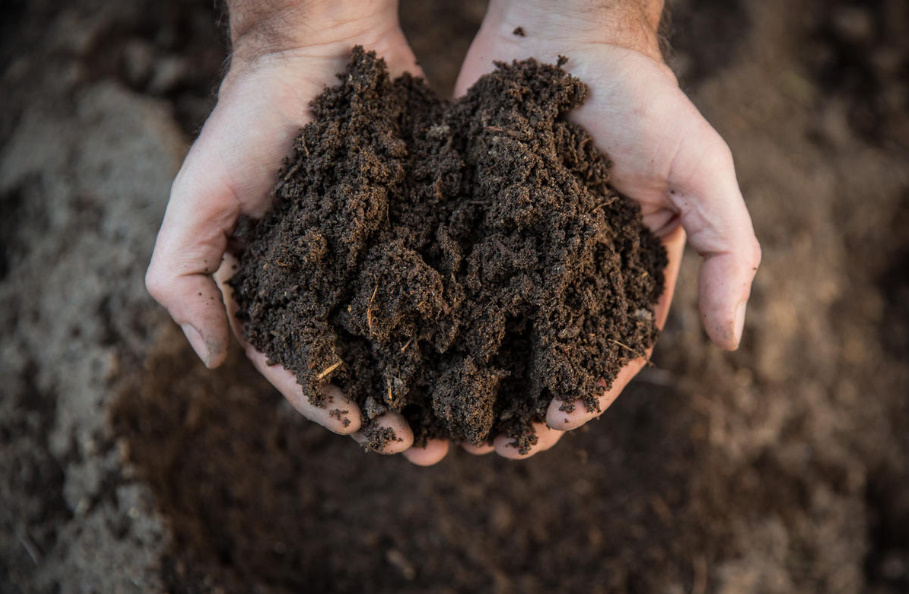
- Reduce the influence of mobile compounds of iron, aluminum and other substances that bind during liming.
- Create an atmosphere unfavorable for the reproduction of harmful microorganisms, and, as a result, your plants will become less sick.
- Improve the nutrition of plants with phosphorus, because in a neutral environment, bacteria that decompose phosphates in organic matter are activated. Compounds with phosphorus in mineral fertilizers that are difficult for plants to digest will pass into accessible forms with the help of these bacteria.
- You will make other trace elements in the soil more accessible to plants.
- You will be able to fight insect pests more effectively.
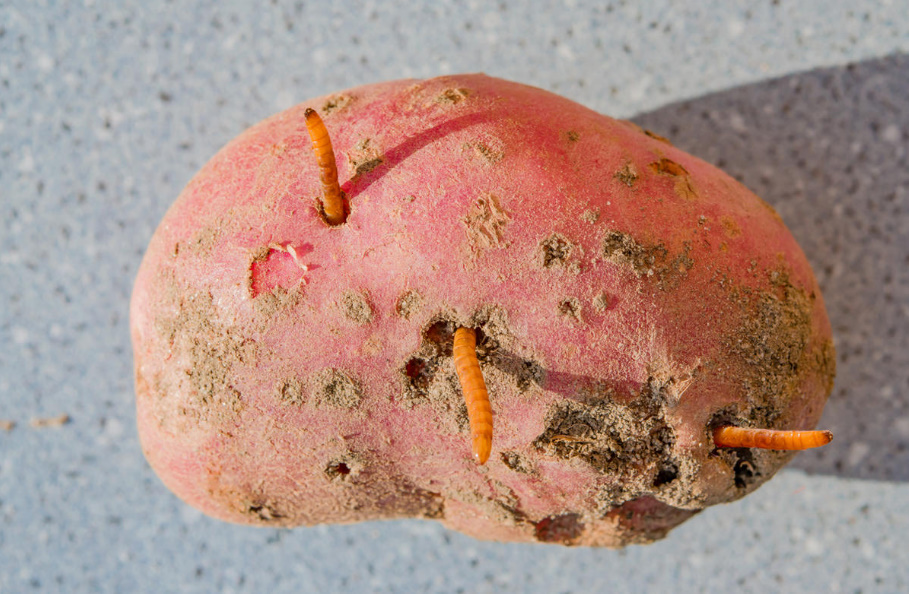
- Suppress the growth of weeds: unlike cultivated plants, wild plants feel better in acidic soils.
- Add calcium and magnesium to the menu of green pets.

Do not forget about such an important agrotechnical technique as liming and deoxidation of soils. Proper use of dolomite flour and other types of lime fertilizers in the garden and in the garden can bring up to a third of the increase in yield, improve and improve the soil. Autumn is coming soon — it’s time to plan this important gardening event.
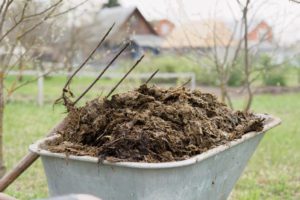
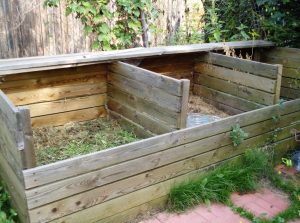
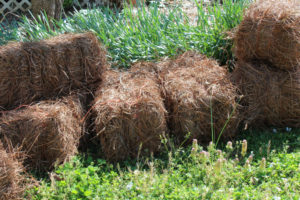
Leave a Reply